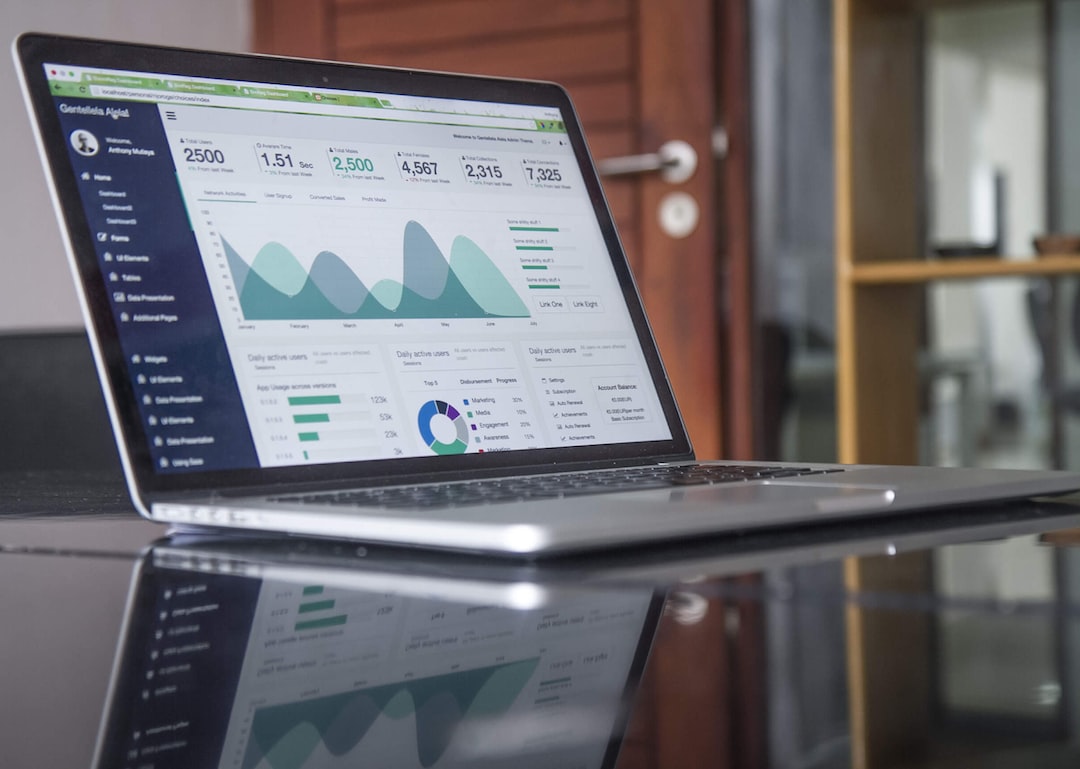Foreign exchange or forex trading is a lucrative business that attracts many investors worldwide. However, as with any business, forex traders are required to pay taxes on their earnings. Taxes can be confusing and overwhelming, especially for those new to the forex industry. In this article, we will discuss how to pay forex taxes yourself.
1. Understand Your Tax Obligations
The first step in paying your forex taxes is to understand your tax obligations. In the US, forex traders fall under the category of traders, and their tax obligations are different from investors. Traders are required to file taxes under the IRS code Section 988, which classifies forex trading as ordinary income. This means that traders must pay taxes on their profits at their ordinary income tax rate.
It is essential to understand the tax laws that apply to forex traders in your country. Consult a tax professional or an accountant to get a clear understanding of your tax obligations.
2. Keep Accurate Records
Keeping accurate records is crucial when it comes to paying forex taxes. You should keep records of all your trades, including the date, time, amount, and currency pairs traded. You can use a trading journal or a spreadsheet to keep track of your trades. Keeping accurate records will help you calculate your profits accurately and ensure that you pay the correct amount of taxes.
3. Determine Your Taxable Income
Once you have accurate records of all your trades, you can determine your taxable income. Your taxable income is the profit you made from forex trading during the tax year. To calculate your taxable income, subtract your losses from your gains. You can use the net profit or loss amount on your trading journal or spreadsheet to determine your taxable income.
4. Calculate Your Taxes
After you have determined your taxable income, you can calculate your taxes. In the US, traders must pay self-employment tax, which is currently 15.3%. Self-employment tax is calculated on your net earnings from forex trading. You will also have to pay federal income tax based on your taxable income.
You can use tax software or an accountant to help you calculate your taxes. It is essential to file your taxes accurately to avoid any penalties or legal issues.
5. File Your Tax Return
Once you have calculated your taxes, you must file your tax return. In the US, traders must file their tax return by April 15th of the following year. If you have a tax liability, you must pay it by the April 15th deadline to avoid any penalties or interest charges.
You can file your tax return yourself using tax software or hire an accountant to file your taxes for you. It is essential to file your tax return accurately and on time to avoid any legal issues.
6. Keep Your Records for Future Reference
It is crucial to keep your records for future reference. The IRS requires traders to keep their records for at least three years. Keeping accurate records will help you in case of an audit or any legal issues.
Conclusion
Paying forex taxes can be overwhelming, but it is an essential part of being a forex trader. Understanding your tax obligations, keeping accurate records, determining your taxable income, calculating your taxes, filing your tax return, and keeping your records for future reference are crucial steps in paying your forex taxes yourself. It is essential to consult a tax professional or an accountant to get a clear understanding of your tax obligations and ensure that you file your taxes accurately and on time.






